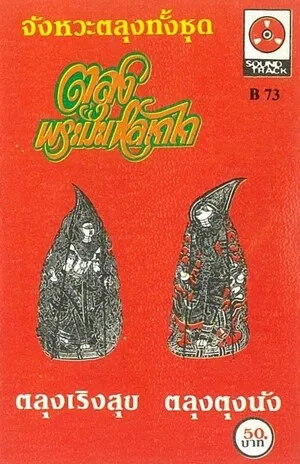Lilat (singular: lila) are night‑long Moroccan ritual music ceremonies associated most closely with the Gnawa brotherhoods and related Sufi orders.
They combine devotional praise songs, trance‑inducing polyrhythms, and call‑and‑response invocations to guide participants through stages of healing, spirit appeasement, and communal catharsis.
Led by a maâlem (master musician) on the three‑string guembri (sintir) with metal qraqeb (castanets), lilat unfold in color‑coded suites (mluk) tied to particular saints/spirits and scents, progressing from introductory praise to extended trance dancing (jedba).
Although intensely local and liturgical, lilat have also become an emblem of Moroccan musical identity and a wellspring for cross‑cultural collaborations.
Lilat crystallized in Morocco as part of the ritual life of the Gnawa confraternities from at least the 1500s, in the wake of trans‑Saharan movements of people and culture. The ceremonies blend Islamic devotional practice with sub‑Saharan rhythmic sensibilities and healing frameworks, embedding them in Maghrebi musical language and urban social life.
A typical lila spans an entire night. It often begins with praise to God and the Prophet, then proceeds through a structured sequence dedicated to saints/spirits (mluk), each associated with colors, incense, and specific rhythmic/harmonic cells. The maâlem’s guembri provides a droning, percussive bass foundation while the qraqeb articulate interlocking 6/8 and 12/8 grooves. Participants enter trance (jedba), seeking healing and balance under the guidance of ritual specialists.
In the 20th century, lilat moved from private/ritual spaces into festivals and recordings, particularly in cities like Essaouira, Marrakesh, and Casablanca. Pioneers documented the repertoire and pedagogy, standardizing key pieces while preserving the ceremony’s flexible, call‑and‑response core.
From the late 20th century onward, collaborations with jazz, afro‑jazz, and world fusion artists brought the lila aesthetic to international stages. While public performances sometimes present abbreviated suites, many masters emphasize that the full lila remains a sacred, community‑oriented rite.




